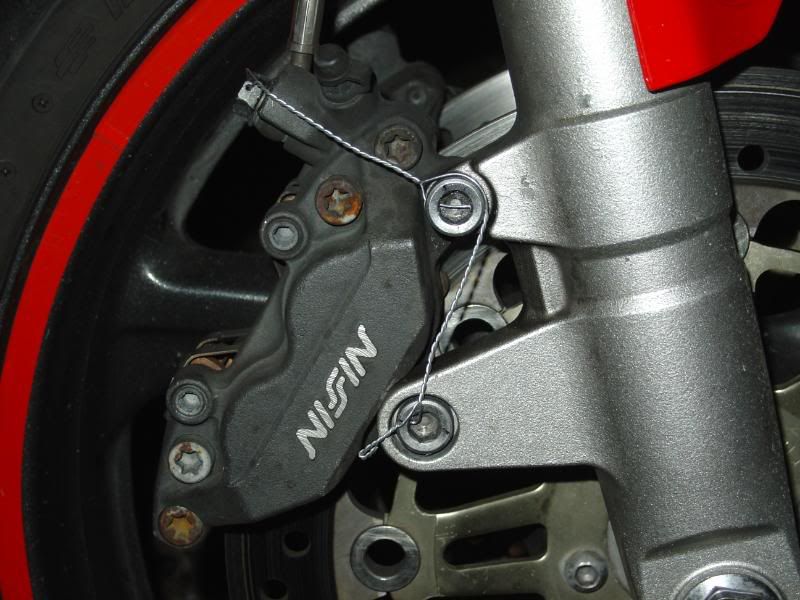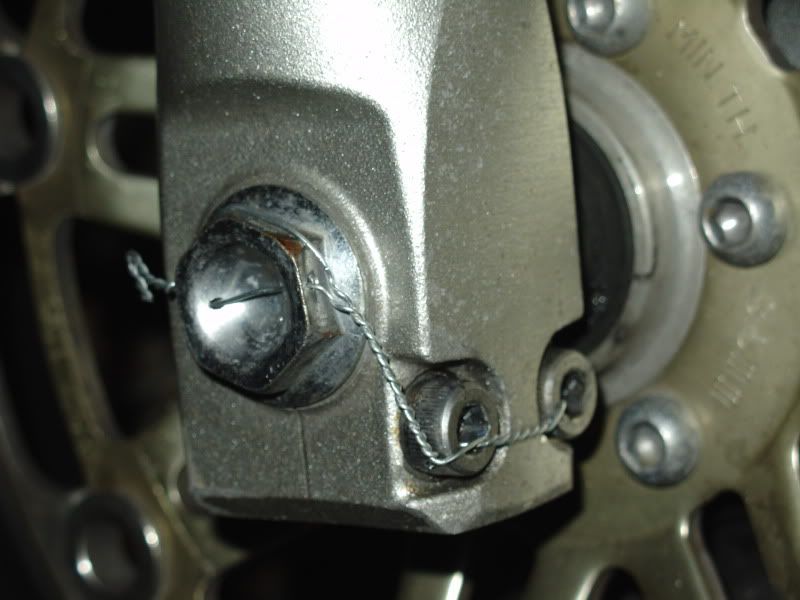Meat
Member
:agree:Bubba Zanetti;114433 wrote: Not bad Jay.
Your oil plug could be wound tighter.
BZ
And nice to see that you wound the wire around the correct side of the fastener. Other than being just a bit loose (but they will still hold), they look good.


